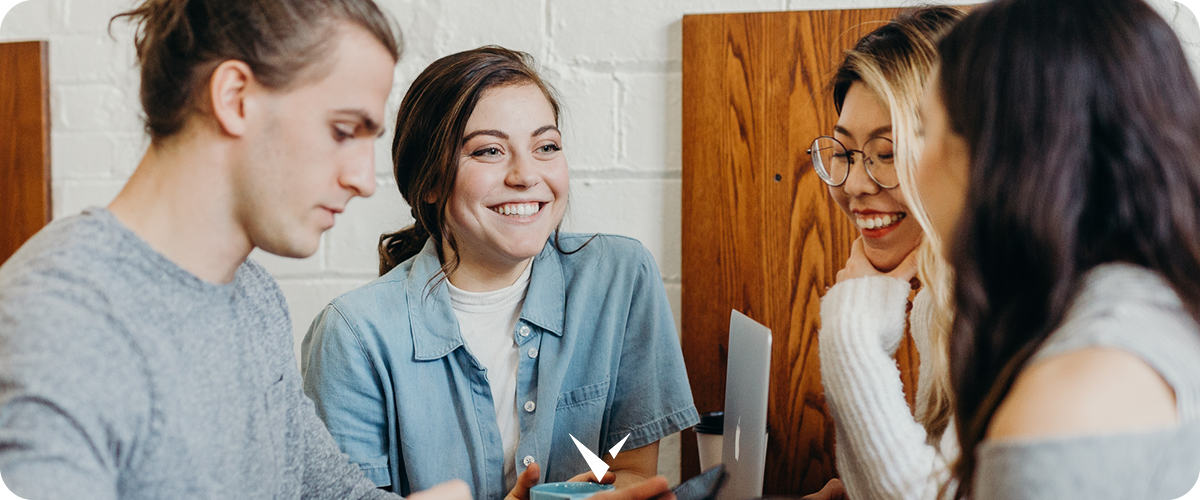
It’s not just teachers who have been thrown into the deep end by virtual and hybrid learning. Students, too, have been impacted. And while some have undoubtedly thrived in these new learning environments, others have barely managed to keep their heads above water.
But hybrid learning is here to stay, at least for the foreseeable future. Indeed, a minority of students have actually benefited from studying at home during the pandemic. So what tips can we provide for students to maximise the chance of succeeding in a hybrid classroom? Let’s dive straight in.
Make the most of class time
Two years ago, if you’d told a student they’d miss being at school, they would have laughed at you. But, after the turmoil brought to their lives by COVID-19, many can’t wait for things to return to normal. For most, it’s the interaction with others that they crave. A 2020 Harris Poll supports this. It showed nearly two-thirds of US teens felt the pandemic had increased their feeling of loneliness.
There’s no doubt studying remotely can be isolating, but it also has potential medical implications. According to the American Psychological Association (APA), the risks of social isolation to health are much the same as those from cigarettes and alcohol. The good news is that in a hybrid environment, there should, at least, be an opportunity to attend the classroom occasionally. So, when the time comes, students need to try and make the most of it.
Maintain effective relationships with teachers
According to research, students who have effective relationships with their teachers achieve better outcomes at school. But those relationships are difficult to maintain when there is a perceived distance; people who feel isolated can start to judge themselves unfairly and develop a negative view of themselves. In other words, a student might feel their thoughts or questions lack sufficient importance and may choose not to contact a teacher. If in doubt, a student needs to reach out.
Stay in touch with friends
Social relationships are an essential part of people’s lives. Take them away—during a pandemic, for example—and they’ll quickly feel isolated.
The tools of the modern world make it easier than ever before to stay in touch with people. But with greater access come both risks and opportunities that are still the subject of research. Sometimes, however, it’s hard to overlook the need. Although it is still studying the impacts of social media, the APA has accepted social media is a helpful way to relieve the stress of isolation. But there is a caveat; evidence suggests a relationship exists between loneliness and excessive social media use, and vice versa. During a pandemic, it’s not always easy to spend time face-to-face with friends. Where it’s not possible, students should reach out through social media—but beware of using it too much!
Stay healthy
While the idea of still being in bed while attending school may appeal to some, it’s unlikely to be the most productive learning environment. There are just too many distractions.
But there are also ergonomic risks to consider. Slumping over a screen for hours at a time is a recipe for lower back pain and neck pain. Wherever students choose to study, they should set up a dedicated workspace. Not only does sitting at the same place every day mean there is more chance they will take care of their body, but it also helps them to establish a routine and stay organised.



